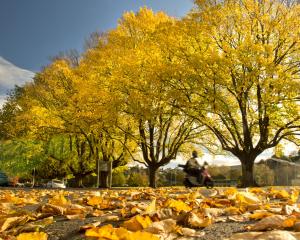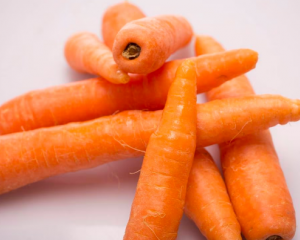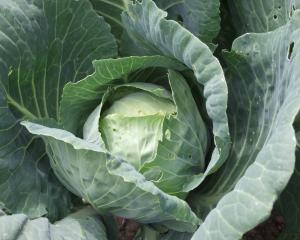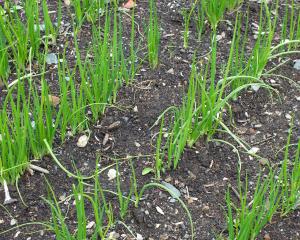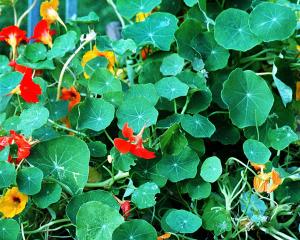
Now the soil is warming up, as seen in the growth of weeds, work can begin on sowing for the coming season.
Most vegetables are grown as annuals, although many — such as carrots and parsnips — are, strictly speaking, biennials, which means they take two years from the time the seed germinates until they produce ripe seed heads.
Several perennial vegetables can be grown from seed and generally patience is required to get them to start producing reasonable crops. A couple are speedier performers. They are globe artichokes and cardoons, closely related plants whose flowers resemble huge Scotch thistle heads.Cardoons are grown for their celery-like stalks, while the heads (‘‘globes’’) of artichokes are eaten before any flower colour can be seen.
Artichoke seed sown over the next month will produce heads that can be harvested in summer or autumn, while stems of cardoons can be cut when the plants are about the size of fully grown celery. Avoid over-picking cardoons unless it is planned to treat them as annuals and sow more next season.
Globe artichokes and cardoons will grow 1.5m to 2m tall, so place them 1m apart. If not grown as vegetables, they are fine plants for the back of a flower bed, where the large, silvery leaves and tall flower stems can be an impressive decorative feature.
As well as being grown from seed, both these vegetables can be increased by dividing existing plants.
Flowers
To give plants such as clematis added calcium without making the soil more alkaline, as happens when lime (calcium carbonate) is added to the soil, gypsum (calcium sulphate) is the answer. Mined from ancient seabeds, gypsum dissolves more readily than lime and, if available, coarse gypsum is a slow-release form useful for trees and shrubs. When gypsum dissolves, it releases equal proportions of calcium and sulphate, which boost plant health.
Although there are gypsum deposits in this country, including in Otago, New Zealand has no commercial industry of its own and we import more than 300,000 tonnes annually, mainly from Australia.
This is used principally to make plasterboard.
Gypsum is also useful when planting trees and shrubs, a task that should be completed as soon as possible. It is invaluable for breaking up heavy clay, so after digging a hole for the tree, put a layer of gypsum 1cm-2cm thick at the bottom and cover with compost or soil, so the roots will not come in contact with it.
Fruit
The first tomato plants will soon be available in garden centres, if they are not already on sale, but many gardeners still like to grow their own from seed.
With dozens of varieties, both heritage and modern hybrids, on the market, it can be difficult to choose.
Two southern favourites are Russian Red and Sweet 100, notable for their reliable cropping, even in dismal summers.
Despite the name, Russian Red was bred in New Zealand and was first released in the 1940s, while American-bred Sweet 100 was developed in Minnesota by the Northrup-King Seed Company.
It is believed that Sweet 100’s breeding includes the heirloom tomato Gardener’s Delight, seed of which is available in New Zealand.


